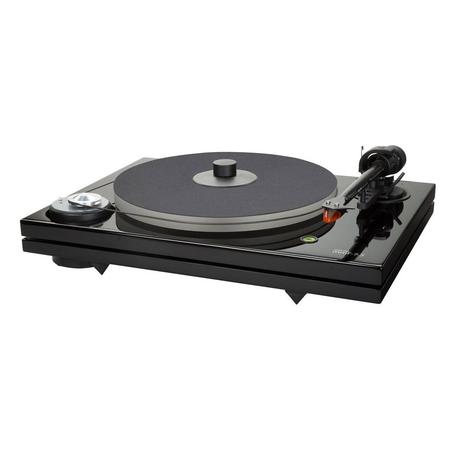

So, these records are the rarest and have been attracting many collectors these days.ġ0-inch vinyl records playing at 33 1/3 RPM has a run time of 12 to 15 minutes per side, whereas they offer 9 to 12 minutes of run-time per side on 45 RPM. The most popular songs in those days were of similar duration. Moreover, 78 RPM, the long-forgotten speed, often were recorded in 10-inch records, and it could hold about 3 minutes of a song on each side. So, this size is rarest among the three when it comes to pop songs recordings. 10-inchĪ 10-inch record is too much of wasted space for a pop song and not enough space for two. 12-inch records quickly became the popular choice among club DJs around the 1970s and 1980s and were used to store remix versions of pop songs.Ĭonsequently, record companies were also starting to release extended versions of popular music as 12-inch singles. This size of the vinyl record sometimes comes with 45 RPM speed, which can feature 12 to 15 minutes long recording per side. 12-inch albums featured an entire album, whereas the singles only feature a song of the album.

Most of these records come with 33 1/3 RPM and offer around 15 to 22 minutes of run-time per side. 12-inchġ2-inch records came as albums as well as singles. For each record size, the more is the RPM of the record the lesser is the run time, and vice-versa. Now, let’s move on to various sizes that vinyl records offer – 12, 10, and 7 inches. However, these records weren’t popular in the musical industry, as they couldn’t record high-quality music and were only used for non-musical recording purposes. These records had extremely narrow grooves, played super slow, and could fit from 90 to 180 minutes of recordings. Rare RPM (8 1/3 and 16 2/3)įrom the 1960s to the 1970s, a few rarer RPM vinyl records also were in use. So, by the 1950s, companies were more focused on developing a playing system that played 33 1/3 and 45 RPM, and 78 records shortly dropped out of the market. As plenty of popular radio hits of the time were stored in 45, which only offered one song per side, these records were given the name – singles.įor records to be able to play 78 RPM records, the turntables require specific needles and alteration. 45 records were smaller in terms of size. RCA Victor released 45 RPM records around the 1950s so as to compete with Columbia’s 33 1/3. In 1948, Columbia records marketed and sold 33 1/3 records as devices able to play entire classical performances and symphonies without having to flip it, and that’s when these records started creating an impact in the commercial market. However, these records were still the preferred music storage basis for record companies, as these records offered more playback time and also proved to be more financially desirable. By the time 78 records were popular as the standard, other methods of music storage such as CDs had already started making an appearance commercially.Īnd, by the time 33 1/3 RPM records were in production, radios were the primary source of listening entertainment. However, unlike 78 RPM records, 33 1/3 didn’t have a smooth start. Like almost all of the record players available, your record player also most probably has a standard RPM of 33 1/3. 33 1/3 RPMģ3 1/3 became the standard speed that most of the records offer. These days, 78 RPM records are not in production and many records player doesn’t even provide this speed option anymore. These records were found to be more brittle and prone to shattering. However, in addition to shorter playback time, other various shortcomings accompanied 78 RPM records. The sizes vary, but in general, the 10-inch size started becoming the standard size for 78 RPM records. Following her, many audio manufacturers produced record players similarly – the players were 3600 RPM electric motor driven, making 78 RPM the standard record speed by 1925. But on the downside, when the RPM of a record increases, the playback time it offers decreases.Įmile Burner, in 1888, created records that were played between 70 and 80 speeds. Records offer the best sound quality when turned at a higher RPM. Let’s discuss vinyl record speeds in detail. At a certain point in history, 8 1/3 RPM and 16 2/3 RPM were also in use. There are primarily three vinyl record speeds 33 1/3, 45, and 78 RPM. One might hear the sound slower or faster instead of melodious record songs if the RPM is not adjusted accordingly on the record player. RPM means revolution per minute, i.e., the number of times the record rotates on the turntable in a minute.


 0 kommentar(er)
0 kommentar(er)
